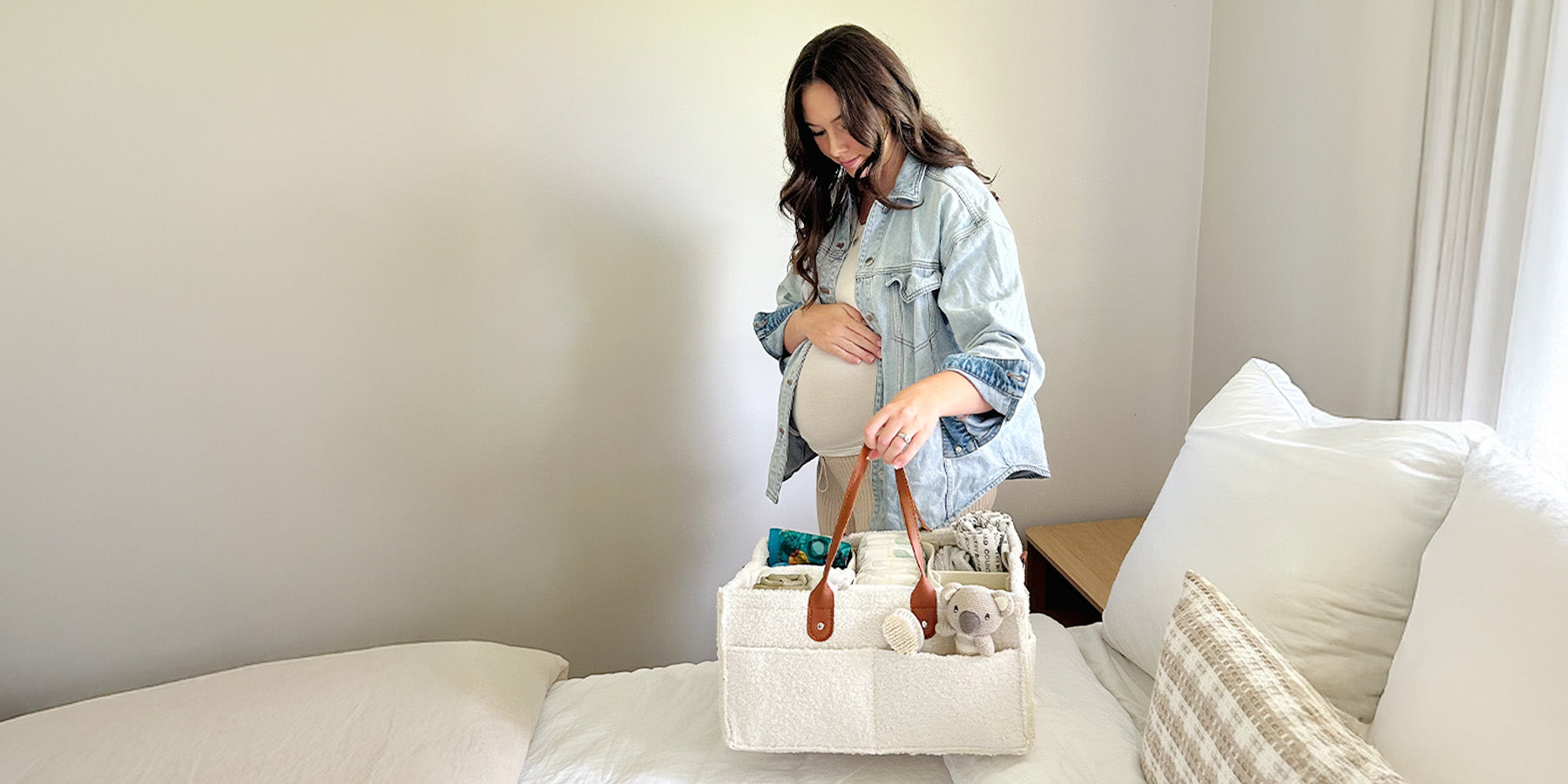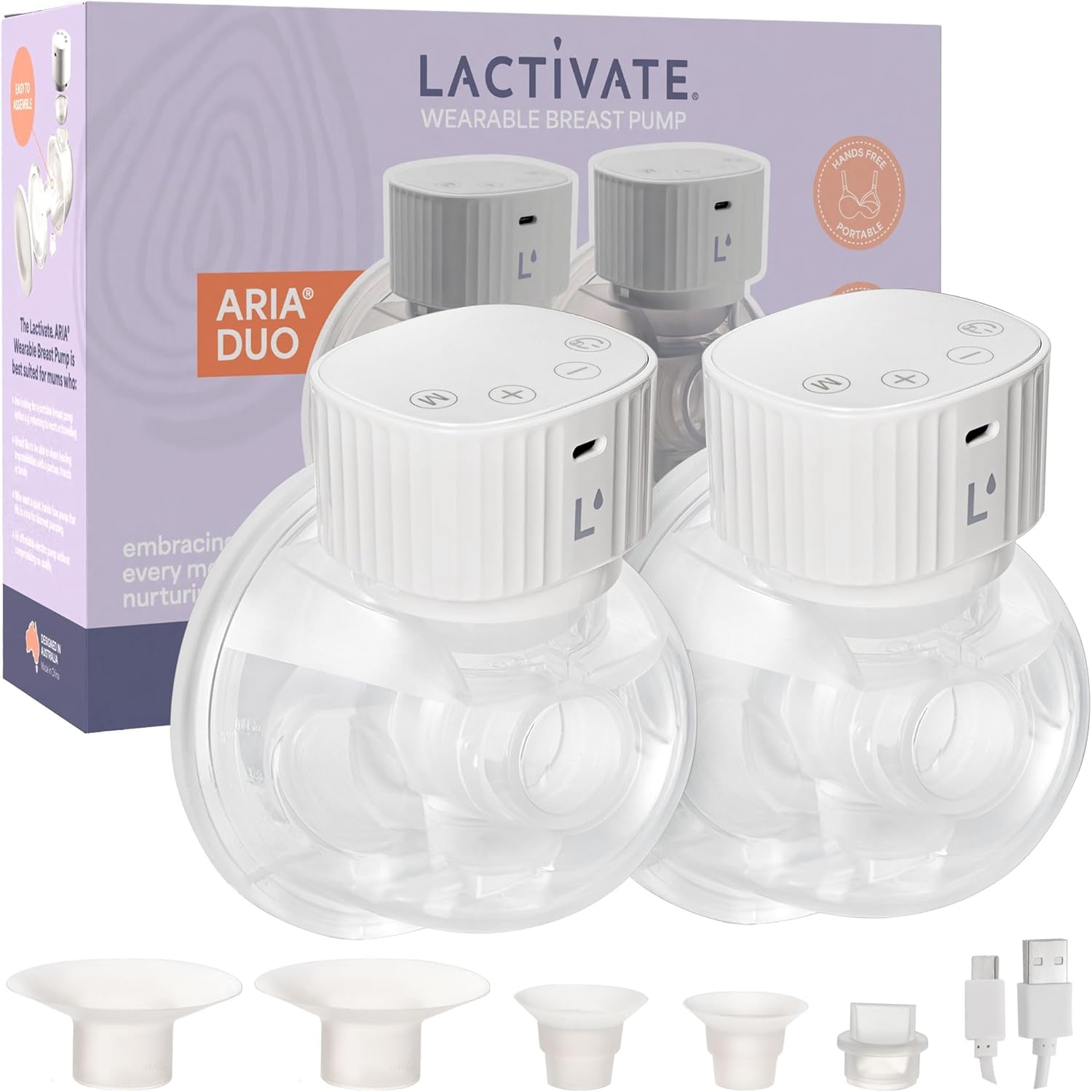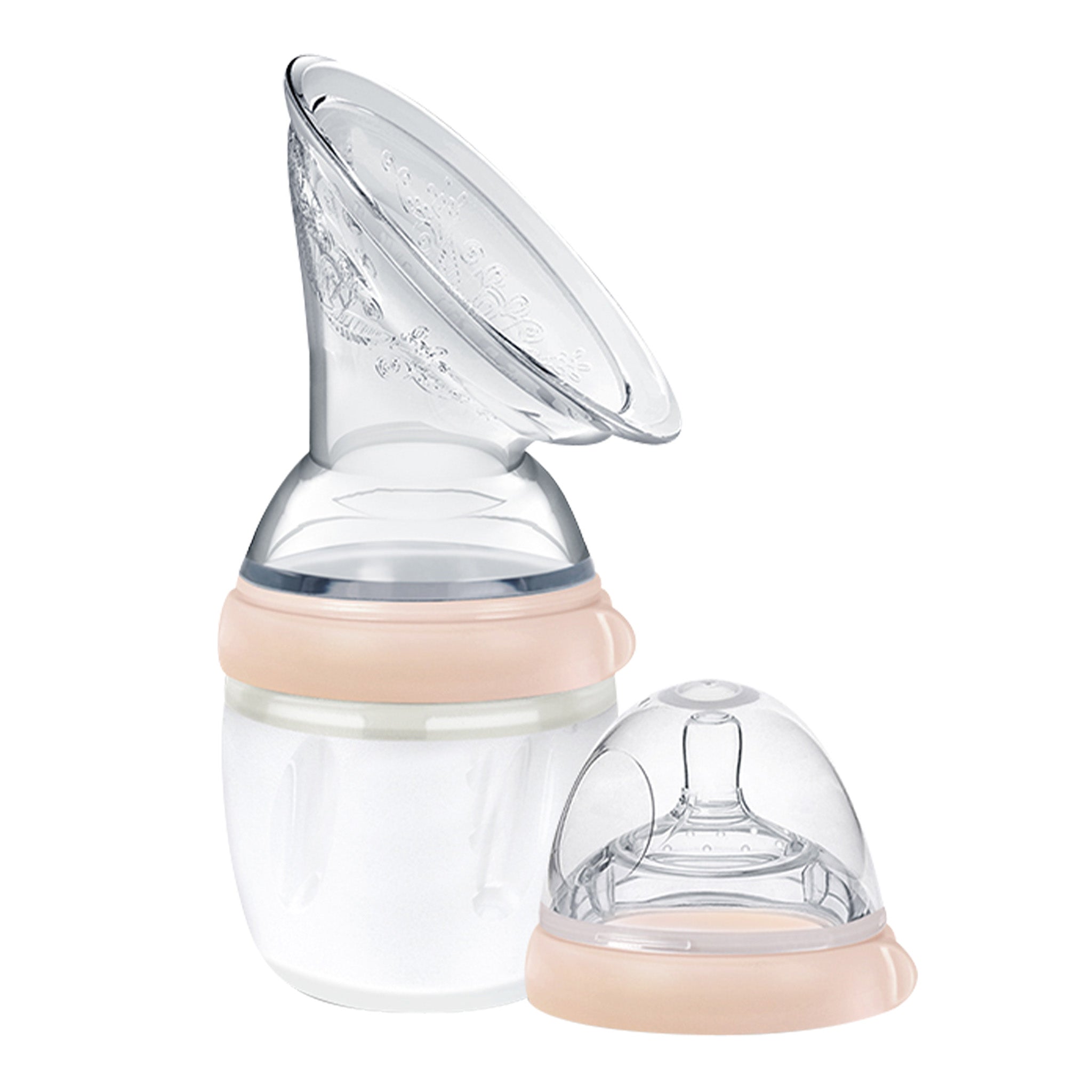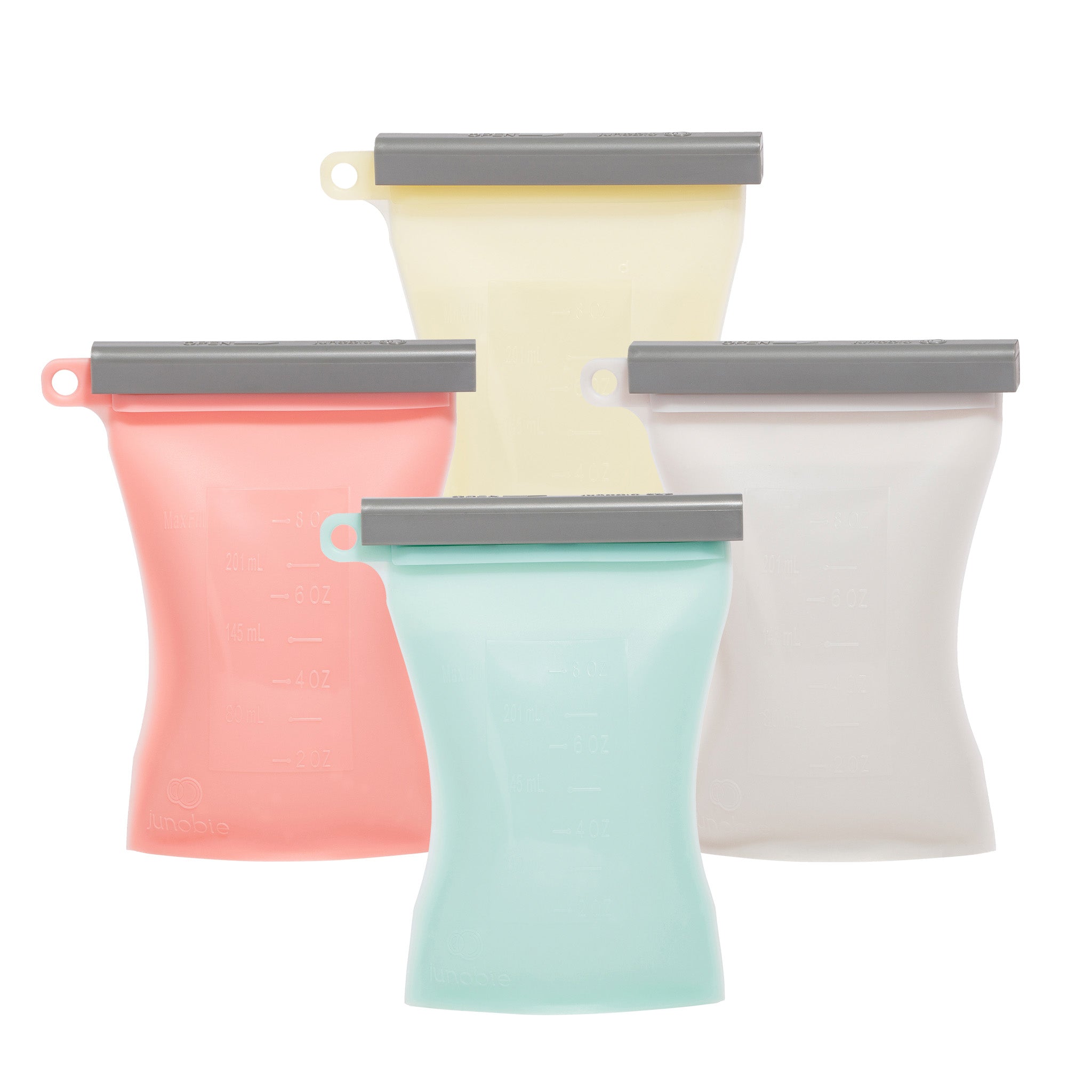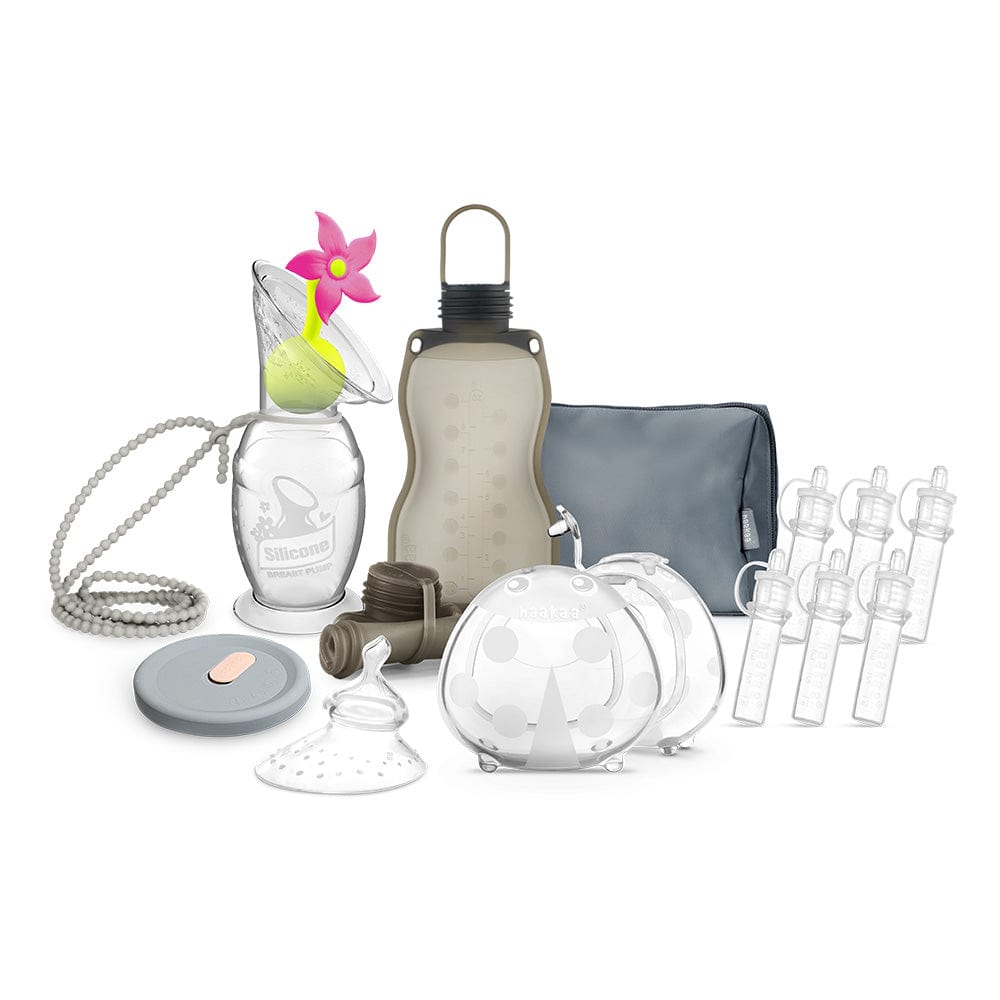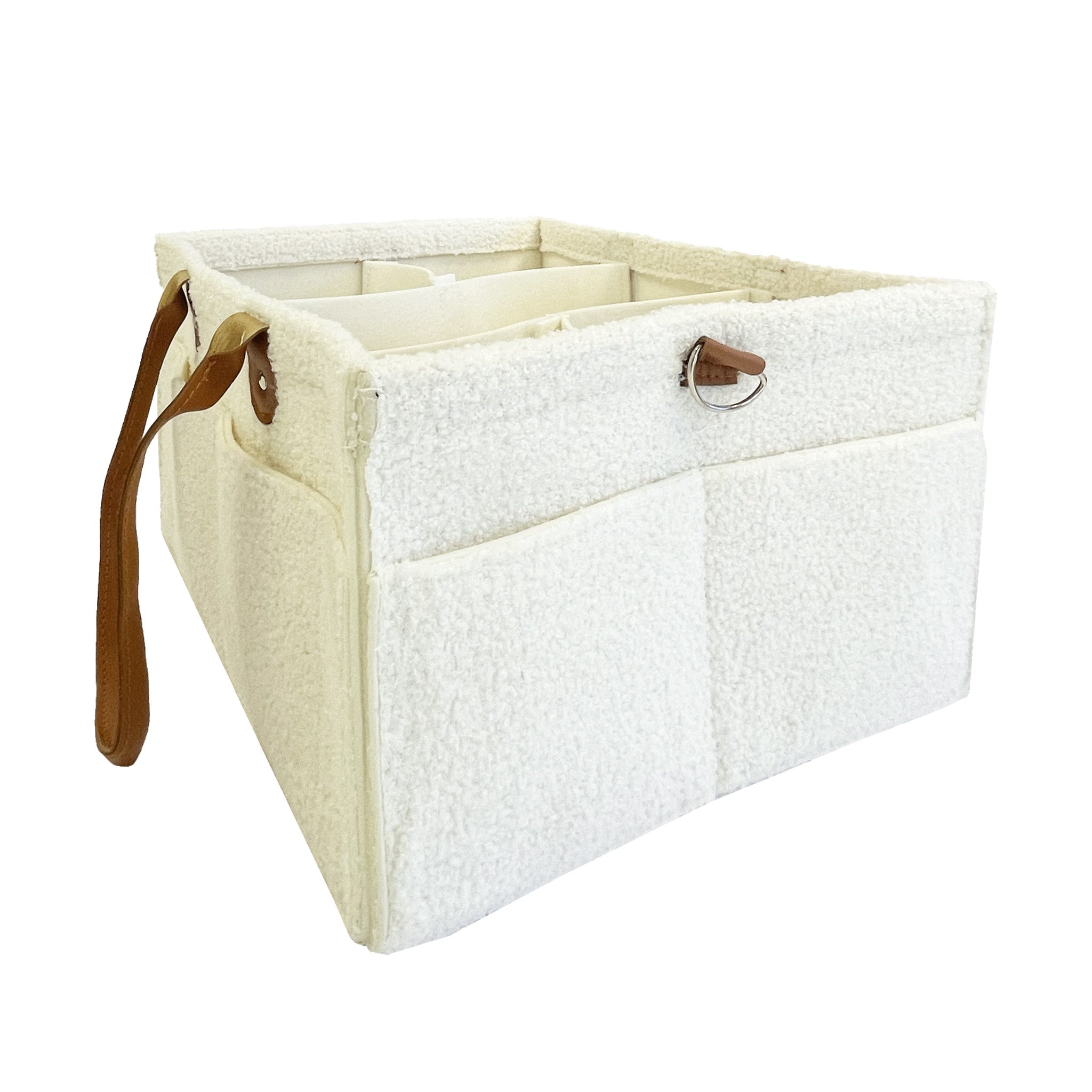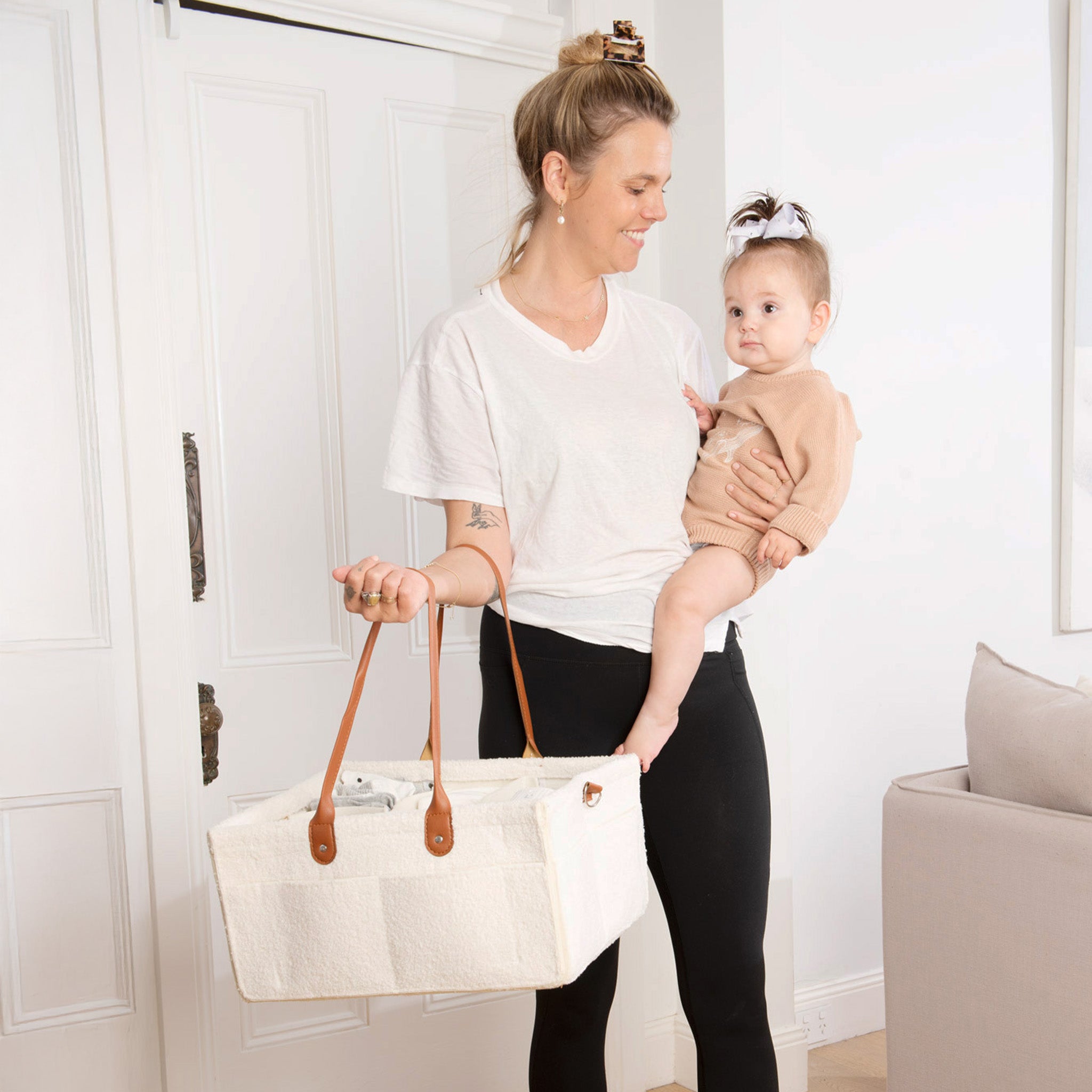If you’ve ever been pregnant then you’re probably familiar with the term ‘pelvic floor.’ If for some reason you’re not, you probably need to know that the pelvic floor plays a pretty darn important role in keeping a bunch of your internal organs in place. Sitting inside your pelvis and located between your tailbone and pubic bone, the pelvic floor supports the bowel, bladder and uterus (we told you it was important!)
Pregnancy and birth put A LOT of pressure on your pelvic floor and it’s one of the muscles we are encouraged to strengthen both during and after birth. So how exactly do you do that? Read on to find out!
What does the pelvic floor actually DO?
As mentioned above, the pelvic floor is a bunch of muscles and ligaments that support your bowel, bladder and uterus. The pelvic floor is a hard worker. When it’s able to do its job properly, it supports our pelvic organs and prevents things like incontinence and prolapse. It also helps us to control our bladder and bowel and ensures we can do things like ‘hold on’ when we need to use the bathroom.
The pelvic floor and pregnancy
You probably don’t need us to tell you but the pelvic floor really cops a beating during pregnancy. The combination of hormones which cause ligaments to stretch and relax and the added weight of your expanding uterus (and growing baby) can cause the pelvic floor to weaken. It’s why c-section mamas can also face pelvic floor weakness during pregnancy or after birth. It’s also why your caregiver may recommend beginning pelvic floor exercises early in pregnancy, to ensure your pelvic floor remains in good shape as your pregnancy progresses (more on these exercises shortly!)
The pelvic floor and birth
During a vaginal birth, your pelvic floor will really feel the strain (quite literally). The muscles will need to stretch to accommodate birth, leaving them feeling weak and usually quite tender. And while a c-section birth does not impact the pelvic floor directly, it does impact the abdominal wall and generally has a significantly longer recovery time which can make it difficult to resume pelvic floor exercises to manage any damage done during pregnancy. The good news? Your pelvic floor can be strengthened AND will recover from whatever type of birth you might end up having.
How to protect and strengthen the pelvic floor
The majority of pelvic floor physiotherapists will recommend that you begin pelvic floor exercises during pregnancy. Regularly completing strengthening exercises means you lower the risk of bowel or bladder problems both during and after pregnancy.
Pelvic floor exercises help you to learn how to ‘switch’ your muscles on and off and strengthen them at the same time. The basic exercises are super simple and can be done almost anywhere, anytime.
Before you complete any pelvic floor exercise, you need to learn how to activate your pelvic floor. To do this, sit or lie comfortably with muscles relaxed. Gently squeeze the muscles around your bottom (anus) as if you’re trying to stop yourself from, well, farting. You can also imagine that you are trying to stop yourself during a wee. Some women find it helpful to activate their muscles while on the loo, emptying their bladder. Try and stop mid-flow and hold gently before releasing. Just be mindful that it is not ideal to use this technique all the time. Once you’ve identified how it feels to turn your pelvic floor on, move on to the exercises.
Exercise One: The Big Squeeze
- Using the techniques discussed above activate your pelvic floor muscles and squeeze them as tightly as is comfortable. You should feel the sensation you noticed when first switching on your muscles.
- Hold the squeeze as tightly as you can for 8-10 seconds before relaxing.
- Relax for 10 seconds before repeating 8-12 times.
Exercise Two - The Power Squeeze
- Similar to the above, you will be activating your pelvic floor muscles and squeezing as tightly as possible but instead of holding the squeeze, release quickly before repeating.
- Try and complete 10-20 squeezes.
According to The Royal Women’s Hospital you should:
- Feel your pelvic floor muscles 'lift up' inside you, rather than feel a downward movement
- Relax your thighs and buttocks
- Keep breathing normally
- Stop exercising if your muscles fatigue
After birth, you can return to pelvic floor exercises slowly and gently. Your pelvic floor will feel different and likely very weak to begin with. I remember barely being able to squeeze for more than about 3 seconds in the days after birth! Take it slowly and build back up over time. Your body (and pelvic floor!) have been through a long nine months and it takes time to recover!
Where can I find help?
If you notice that you are experiencing symptoms of a weak pelvic floor (like incontinence, a heavy sensation in your pelvis or something that just doesn’t feel quite right), speak with your caregiver and/or a women’s health physiotherapist. A women's health physio can assess your muscle function (specifically of the core and pelvic floor), assess you for prolapse or other pelvic floor dysfunction and help tailor a management plan to see you return to pre-pregnancy exercise and activity.
To find a women's physio in your area, visit https://choose.physio/find-a-physio and select “Women’s health” to find a local practitioner in your area.
Featured Product
The Lactivate® Breastfeeding Bundle includes our best selling Lactivate® Breastfeeding products, the basic essentials for any new mumma's boobies. Pump during or between feeds with our ARIA Wearable Breast Pump, ease common breast concerns such as blocked ducts, mastitis etc, with our Ice & Heat Breast Packs, soothe and heal sore damaged nipples naturally with our Silver Nursing Cups and protect against milky spills and leaks with our Reusable Nursing Pads. Lactivate has got you covered!
For more resources and blogs, check out our resource section


